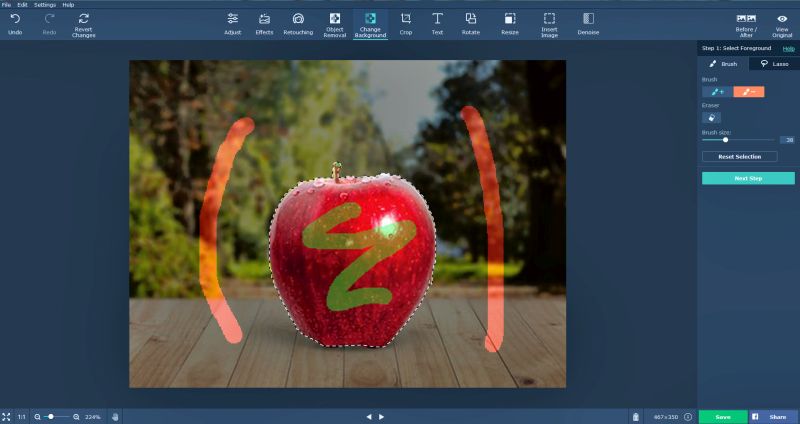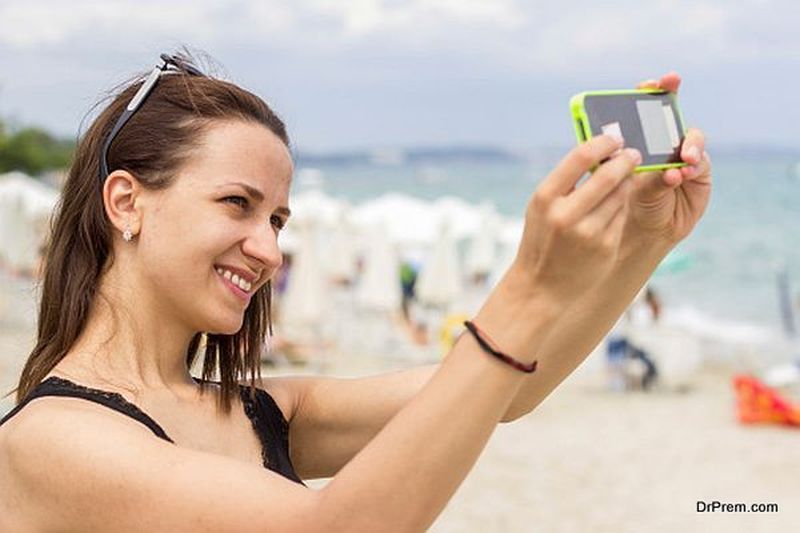Many smartphones nowadays come equipped with really good cameras; but, if you want to truly take advantage of them, you will have to learn about your camera and its settings. While it is true that some of the camera apps that are available help automate a lot of the settings and make it more user-friendly, going manual will give you greater control and help you to compensate better.
If you want to start to improve the quality of your photos by adjusting the camera settings on your smartphone, these tips should help you to do just that:
Adjust the ISO and shutter speed to compensate for light conditions
Basically the ISO is the sensitivity of the image sensor to light, whereas the shutter speed is how quickly the shutter opens – which affects how much light it lets in. By adjusting both you can compensate for low light conditions, and increase the ISO to make the sensor more sensitive or increase the shutter speed to let in more light.
On some smartphone camera apps the ISO and shutter speed setting is combined into an ‘Exposure’ setting that adjusts both depending on its value.
Use as high a resolution as possible and the native aspect ratio
When it comes to resolution – bigger is better. As far as possible you should try to set your camera to save images in as high a resolution as possible, though you will want to be careful that you don’t run out of storage by doing so.
As far as the aspect ratio goes, you should stick to the native aspect ratio of your camera. Altering the aspect ratio will effectively crop the image and lower the final resolution.
Disable the built-in flash
The flash on most smartphones is generally disappointing, and often hurts more than it helps. Because of that you should disable it for general use, and only enable it when absolutely necessary. If you really need to use flash frequently, investing in a better external flash may be a good idea.
Enable burst-mode for moving elements
The best way to make sure you’re able to capture moving elements is to enable burst mode. As its name implies this mode will take a ‘burst’ of photos in quick succession when the button is pressed, and so your chances of capturing at least one frame with a good photo will be improved.
In addition to adjusting the settings on your smartphone camera, you should also look into learning how to edit your photos. Don’t worry if you have no experience on that front, as all you need is a user-friendly editor like Movavi Photo Editor.
Simply put Movavi Photo Editor will make it easy for you to edit your photo and enhance its quality as well as improve it in other ways. Its features will give you the means to remove unwanted elements, transform the frame, apply artistic filters, add text elements, touch up portraits, and much more. If you want you could even use it as a photo background changer and completely replace the background of your photos.
The only thing that is required to learn how to edit photos using Movavi Photo Editor is a few minutes of your time to experiment and try out its features. When you do you’ll see just how intuitive they are, and will be able to apply them to your photos shortly after.
Article Submitted By Community Writer


